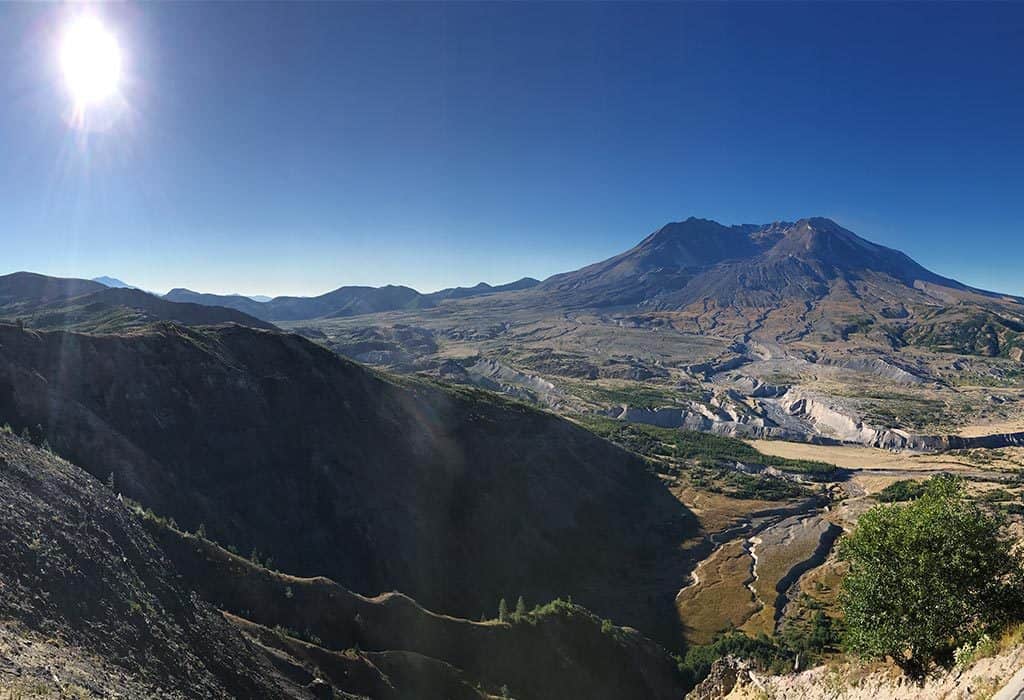Midwestern winter bites down like the jaws of a steel trap, the air so frigid it sears your nasal passages as you inhale. Falling snow coagulates into round globules that glue your eyelashes together, obstructing your vision. Take your hands out of your gloves for just a minute and you won’t feel them anymore. A rime of dirty slush, rock salt, and ennui blankets all.
Winter is just one of many reasons my home state, Illinois, is hemorrhaging population, losing nearly 34,000 residents in the last year alone. I am among the many who made the exodus—in my case, from the Midwest to the Pacific Northwest. I came for the same reasons so many others do: easy access to outdoor recreation; an abundance of up-and-coming restaurants; infrastructure that makes biking to work less of a death wish; 50-degree winters. I found all of those things and, in the process, I also discovered something else—something incredibly vital and rewarding, yet so often and so easily disregarded: silence.
I learned to drive by white-knuckling my way up to the forest preserves just north of the Cook County line, my father beside me in the passenger’s seat of the aging family VW Beetle. Up the artery of I-94 we traveled, branching off to circulate among Ryerson Woods, Half Day, and Old School preserves. But although the forest preserves offered oases of trees and trails, they were also bordered by bustling state routes and interstate highways. Noise was omnipresent.

Dad at Old School Forest Preserve in Libertyville, Ill., circa 2008.
When I passed my driver’s test and began visiting the preserves on my own—Camp Pine Woods near my home in the suburbs; Paul Douglas Forest Preserve after work; Busse Woods with its captive elk and eight-mile running loop—I encountered the same phenomenon: I’d emerge from the woods to find myself stranded at the edge of a busy thoroughfare, forced to traverse six-lane crossings and bewildering subdivision sidewalks just to find a sliver of not-quite-wilderness again.
Why, I wondered, were the places intended for refuge bounded and bisected by constant reminders of civilization and suburban sprawl? There had to be a better option. But never having known anything different, I doubted one existed.
Don’t get me wrong: I now live on a busy street in Portland, my bungalow daily besieged by road noise, construction sounds, and the ungodly honks of the freight trains barreling through a neighboring industrial area. Silence is rare, if not completely out of the question. But there are pockets of the Pacific Northwest where you might find it, if you know where to look.
More than once, my husband and I have paused while cross-country skiing to bask in the pristine quiet of Mount Hood’s winter landscapes. Walk among the mossy giants in Oregon’s coastal rainforests—a modern-day “Jurassic Park” minus the dinosaurs—and you’ll hear the persistent drip-drip-dripping of raindrops and the ocean roaring just beyond seeing distance, but not much else. Traverse the blasted landscape of Mount St. Helens on a hot summer day and you’ll feel that you’ve abandoned our planet and are walking on the moon—that is, if the abundant summer huckleberries and wild strawberries didn’t bring you blissfully back down to earth.

Wild strawberries on Mount St. Helens.
I returned to Illinois this past November and hiked with my family on an unseasonably balmy afternoon. We drove 20 minutes to the nearest forest preserve, where we were greeted with the sharp report of a rifle from a nearby shooting range, the whizz of cars on adjacent Golf Road, and crowds of people and animals on every trail. After half an hour of tramping, I was more agitated than when I’d begun the hike. This time, though, I could rest easy in the knowledge that two thousand miles away, out beyond the city limits, the silence was waiting.
